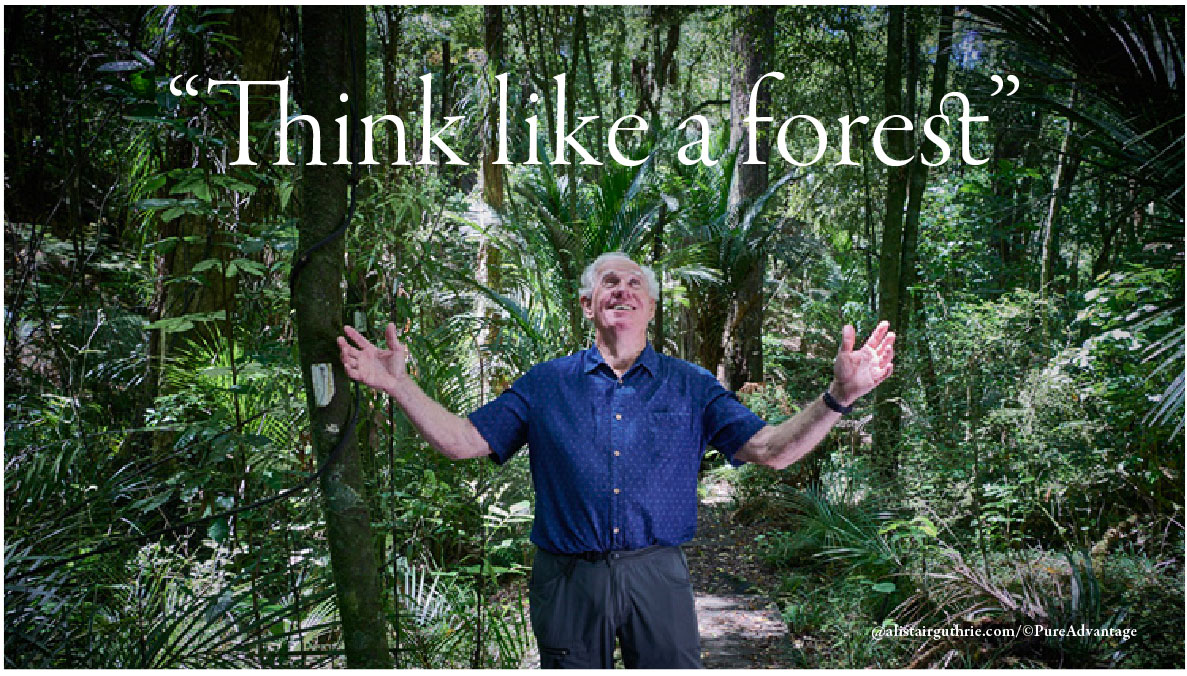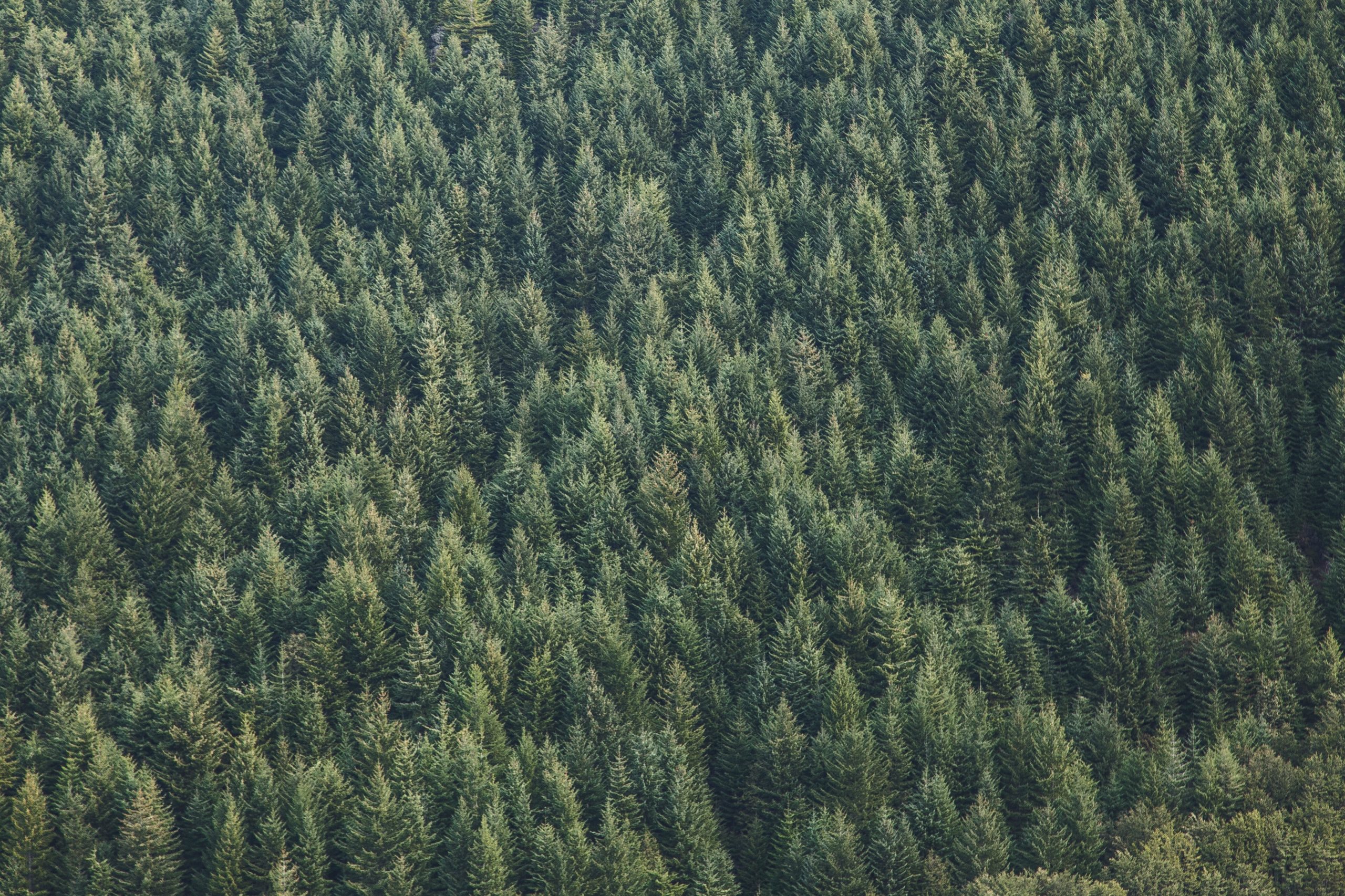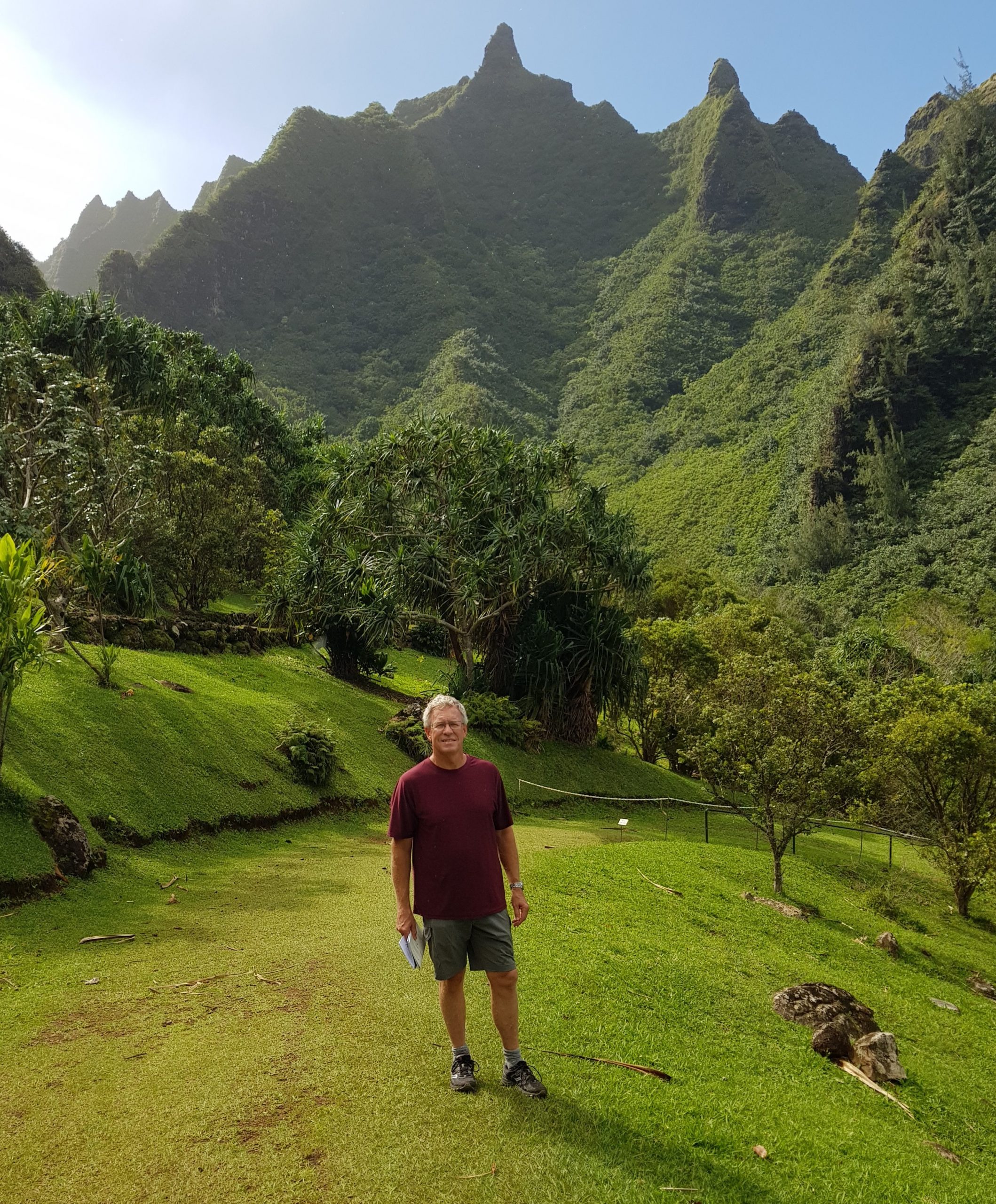Successful establishment of native forests requires forest managers to ‘think like a forest’ and apply lessons from nature. This requires knowledge of the ecology of different species, and where possible, mimicking natural conditions in which each species would regenerate. Mixed age, mixed species stands occupying narrow ecological niches are often what nature intended. For foresters experienced only with a single age, single species crop, there is a lot to learn.
Restoring, rehabilitating and sustainably using native forests are key initiatives to move New Zealand to a vibrant, healthy and resilient future. All our large native trees are only found in New Zealand, and sustainable management systems designed for our forests are generally lacking and need to be homegrown. New Zealand has spent much brain power learning how to grow exotic trees successfully here, but oddly much less on understanding how to work with natives. Such studies need encouragement.
To develop these approaches, we need to think like a forest. That is, we should look for lessons from nature on what is likely to work best for each species, and not be constrained by current models. A one-size-fits-all solution seems unlikely, and innovative and novel systems of managing forests entirely possible. A‘near-to-nature’ approach to growing trees requires understanding the personalities and quirks of the diverse range of species available to us, and mimicking the processes they navigate to survive and thrive in natural forests.

Currently, New Zealand’s conventional forest growth models are largely based on creating single species, even-aged conifer stands. This current strategy, however, still reflects the ecology of the long-lived pioneer conifers it was designed for, e.g. Pinus radiata (radiata pine).
Natural forests of radiata pine occur in some small coastal areas of California, with a separate variety also occurring on two small Mexican offshore islands. It is an endangered species in the wild, with less total area of natural radiata pine forest in California than the small remaining area of mature kauri forest in New Zealand. In these natural populations, radiata pine is a light-demanding pioneer that establishes in open areas after forest disturbances such as fires. It is a prolific seed producer with seed dispersed by wind, establishing in large groups in the clearings available to it. This leads to most natural forest stands of radiata pine being of only this species. Root grafts between individual trees of radiata pine are common, allowing movement of resources from one tree to another in such stands.
The management regime for radiata pine in New Zealand reflects these ecological characteristics. Pine seedlings do not tolerate high levels of shade but can tolerate exposure to the elements, so we plant them in cleared, open landscapes. The lack of shade-tolerance also means pine seedlings do not readily regenerate under their own canopy, so replanting is usually necessary. As pioneers, they have wide environmental tolerances, so they can be planted on a wide range of sites. Trees within single species stands of radiata pine can support each other through root grafting, so planting pine as a monoculture is also advantageous.
Although this model may be appropriate for some of our native conifers with similar ecologies to pine, e.g. kauri, tōtara, kahikatea, that regenerate after large disturbances, it will work less effectively for most native species that utilise different natural regeneration strategies.
Natural large disturbances such as fire occurred rarely in primeval New Zealand forests, so most species evolved to take advantage of smaller but more frequently available canopy openings for their seedlings to succeed. Often these occur when a mature tree falls, either through old age or blown over by wind, creating a treefall gap. These gaps provide ideal conditions for a range of tree seedlings to grow, with overhead light but side shelter.Tree seedlings that were already present or germinate within such a gap then compete ferociously to take control of the gap. Seedlings of some species utilise the fallen and rotting trunks of the ‘gap-maker’ tree or the trunks of tree ferns to establish on, gaining establishment sites with slightly higher light levels than the forest floor and nutrients from their organic substrates. The conditions within tree fall gaps require seedlings to have a higher level of shade tolerance than the pine mentioned earlier, but also does not require such seedlings to cope with the stressful conditions of open sites. They cannot tolerate the dry and windy conditions of such sites nearly as well. Many species adopt this strategy, including rimu, pūriri, mangeao, kohekohe, and hīnau.
When planting these species, providing growing conditions that mimic these canopy gaps is likely to be successful. This means providing adequate side shelter in the form of nurse plants or by artificial means is important, with no or a very sparse canopy immediately above the seedlings to ensure light for growth. Good survival rates are most likely with initial establishment of a fast-growing pioneer species, canopy gap creation by cutting or poisoning of a scattered selection of the initial canopy occupants, then enrichment planting of seedlings directly into these newly created gaps. Forests of these types are also inevitably mixed species and mixed age.
Mānuka and kānuka have typically been used as initial nurse plants in New Zealand because of their important observed roles in natural forest succession. There are a range of other possibilities, however, which may offer advantages in having faster initial growth rates than the tea trees, be specialised for particular environments, (and that are not susceptible to myrtle rust the full effect of which has still not been felt in New Zealand). Potential candidates for alternative nurse plants include the mamaku tree fern, tree fuchsia, and even various species of pine or other exotics that can be sacrificed after fulfilling their nurse role

Contrary to the wide range of environments where radiata pine will survive and thrive, most New Zealand natives are more specialised in where they grow. Many natives only occur within a narrow geographic range and this provides an important guide for where to plant. For example, most species of beech predominantly occur naturally south of Taupo and kauri north of Hamilton, although some exceptions to these generalities exist. As well, at a smaller scale, different species distribute themselves predictably along gradients from ridge to gully, partitioning the environment along gradients of soil fertility and available moisture. Positioning the right species in the right place is critical for establishing natives.
And while radiata pine grows well in single species forests, the same may not be true for many native species. It is becoming increasingly clear that mixed species forests can often outperform mono-specific stands in terms of biomass (read carbon) accumulation, a phenomenon called ‘overyielding’. Certain combinations of our native species are already known to work better together than by themselves, e.g., red and silver beech, and tawa and kohekohe. Working out which combinations of species to plant together is another task for native forest studies and in which guidance from nature is desirable.
”Positioning the right species in the right place is critical for establishing natives.
Our native plants have also evolved with a host of other plants, animals and microorganisms in New Zealand’s natural forests, and relationships with these species need also to be considered when growing native trees. These relationships can be positive or negative for tree growth.
An example of a positive relationship is that between beech and ectomycorrhizal (EM) fungi. The roots of beech form associations with specialised fungi that enhance the ability of those trees to gain soil nutrients, particularly phosphorus. This association is so strong that beechtrees without such associations do poorly. When planting beech into soils that have not supported forest for a while, it is prudent therefore to include soil or litter from a natural beech forest in or around the planting hole as a form of inoculation.
The relationship between beech and EM fungi, however, also has a negative side. Beech are the only major group of native trees that associate with EM fungi, with other native species associated with arbuscular mycorrhizae (AM) which are different fungi. Presumed competition between EM and AM fungi mean that many native tree species are suppressed or excluded from beech forest. This indicates that when reconstructing beech forests, some possible companion species should be avoided.
Reinvigorating native forests in New Zealand offers many benefits for the future. We have much to learn from nature, however, in how best to regenerate our forests to fully realize these benefits. Thinking like a forest will help.




Leave a comment